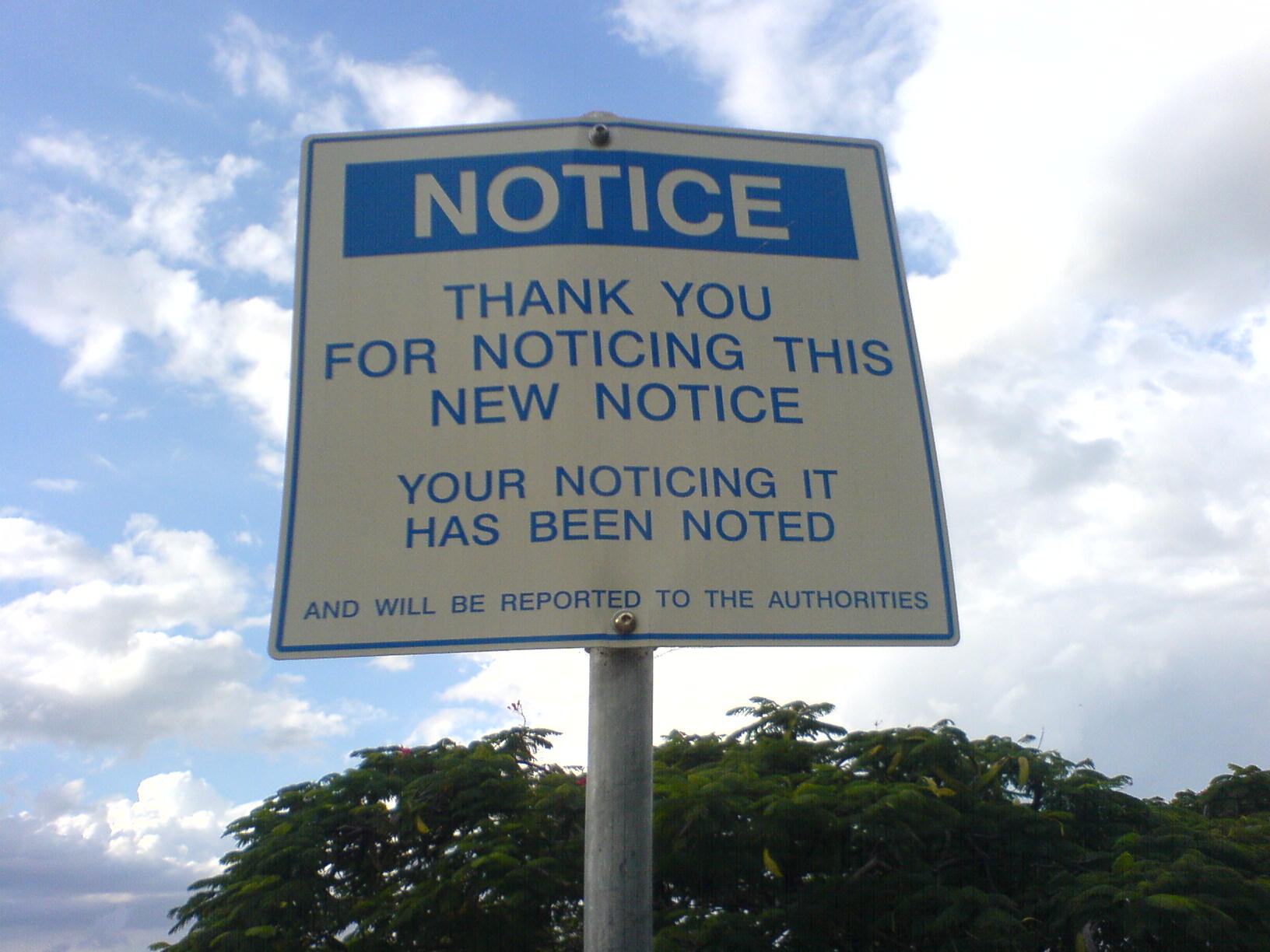Quite a few people haven’t filled out the form that lets us find your blogs, please do this asap, the form is linked from the post about the first class. It’s also a worry about how illiterate about URL’s many of you are. Several of the URLs provided are to the class blog (which isn’t your blog), to an individual post within your blog, to the edit screen of an individual post in your blog. The URL of your blog is the top level URL to the default home screen of your blog, so it is usually http://www.mediafactory.org.au/firstname-lastname. Perhaps a few minutes explaining the structure of a URL is in order, not understanding the architecture of domain names and pathways is a bit like not realising that you put a +61 to call an Australian phone number from outside the country. Not going to change the world, but you’re going to be a bit of a Paris Hilton not knowing it.
If you’re name doesn’t appear in the blogroll for the integrated blog, then I don’t have a record of your name and blog. The form, as said, is from the post for the first class.
